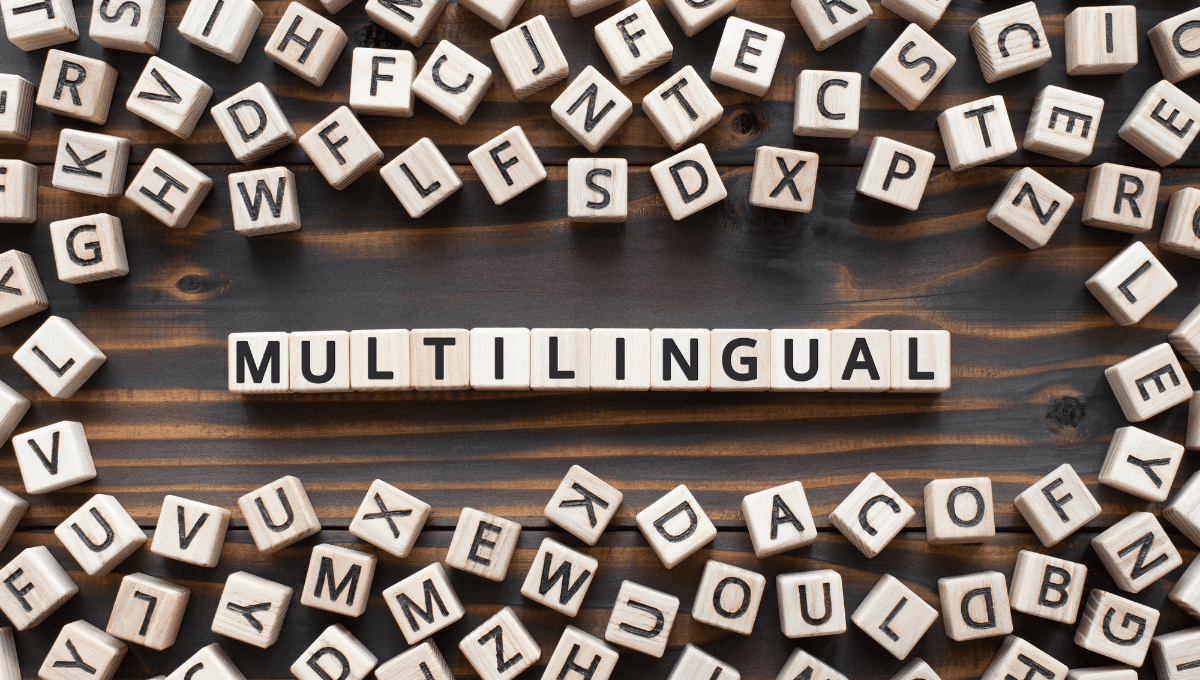InIn today’s interconnected digital landscape, the ability to communicate with a global audience is paramount for online success. WordPress Multilingual Support empowers you to transcend language barriers and reach a diverse, international audience effortlessly. If you’re running a WordPress site, you’re already ahead of the game – WordPress offers a variety of tools and plugins to help you expand your reach through multilingual support. By adding multilingual functionality to your site, you can tap into new markets, connect with a wider audience, and improve the user experience for visitors who speak different languages.
In this blog post, we’ll explore the benefits of multilingual support for WordPress websites and provide practical tips for implementing it on your own site. Whether you’re an e-commerce site looking to expand your customer base or a blogger trying to reach a wider audience, this guide will help you take your website to the next level.
What is WordPress Multilingual Support
WordPress Multilingual Support refers to the ability of a WordPress site to display content in multiple languages. It allows site owners to create and manage translations of their content, making it possible to reach a wider audience and provide a better user experience for visitors who speak different languages. Multilingual support is achieved through the use of plugins that add translation functionality to WordPress, such as WPML (WordPress Multilingual) or Polylang. These plugins allow site owners to create translations of posts, pages, menus, and other site elements, as well as provide language switchers to allow visitors to switch between languages. With WordPress Multilingual Support, site owners can create a more inclusive and accessible website that can reach a global audience.

How to Use WordPress Multilingual Support To Widen Your Reach?
WordPress Multilingual Support is a powerful tool for expanding your reach and connecting with a wider audience. Here are some practical steps for using WordPress Multilingual Support to widen your reach:
1. Install a multilingual plugin. To get started, you’ll need to install a multilingual plugin like WPML or Polylang. These plugins add multilingual functionality to your site and allow you to create and manage translations of your content.
2. Choose your target languages. Decide which languages you want to target and prioritize them based on your goals and the demographics of your audience.
3. Create translations of your content. With your multilingual plugin installed, you can begin creating translations of your content. This includes posts, pages, menus, and any other site elements that you want to make available in different languages.
4. Implement language switchers. Language switchers allow visitors to switch between languages on your site. You can add language switchers to your site’s menu, footer, or sidebar to make it easy for visitors to access your translations.
5. Test and optimize. Once you’ve implemented multilingual support on your site, it’s important to test and optimize it for maximum impact. Monitor your site’s traffic and engagement metrics to see how visitors respond to your translations and make adjustments as needed to improve their experience.
Challenges of Implementing WordPress Multilingual Support
WordPress multilingual support can be a great way to expand your website’s reach, but there are a few challenges you should be aware of before taking the plunge. The most obvious challenge is the cost. Depending on the plugin you choose and the features you need, the cost of implementing WordPress multilingual support can quickly increase. Additionally, you may need to hire a professional translator to ensure that your content is accurately translated into the desired language, which can be costly.

Another challenge is the complexity of setting up and maintaining WordPress multilingual support. Finding the right plugin for your needs and ensuring it’s properly integrated into your website can be difficult. Moreover, you’ll need to periodically check and update the translations to ensure they are accurate and up-to-date. Finally, there may be some compatibility issues with other plugins or themes that can cause problems with your multilingual setup. All in all, while WordPress multilingual support can be beneficial, it’s important to consider these challenges before implementing them on your website.
Benefits of WordPress Multilingual Support
Businesses of all sizes and in any industry can benefit from WordPress multilingual support. With the right plugin, WordPress users can easily add multilingual capabilities to their websites, giving them access to a wider global audience. This is particularly advantageous for businesses that operate across multiple countries or want to target customers in multiple languages. By setting up a website that is translated into multiple languages, businesses can increase their visibility and reach a larger audience.
Furthermore, WordPress’s multilingual support can help businesses create a better user experience for customers worldwide. This is because customers will be able to access content in their native language. Additionally, customers are more likely to purchase products or services from websites that are available in their language rather than those that are not. Finally, WordPress multilingual support can help businesses to boost their SEO rankings by allowing them to target multiple audiences with different keywords in different languages. Therefore, businesses should consider taking advantage of WordPress multilingual support to maximize their reach and visibility.

Final Thoughts
WordPress Multilingual Support is a powerful tool that can help expand your reach and connect with a global audience. By offering your content in different languages, you can attract new visitors, increase engagement, and build a loyal following. So if you haven’t already, consider adding multilingual support to your WordPress site and take your online presence to the next level.




